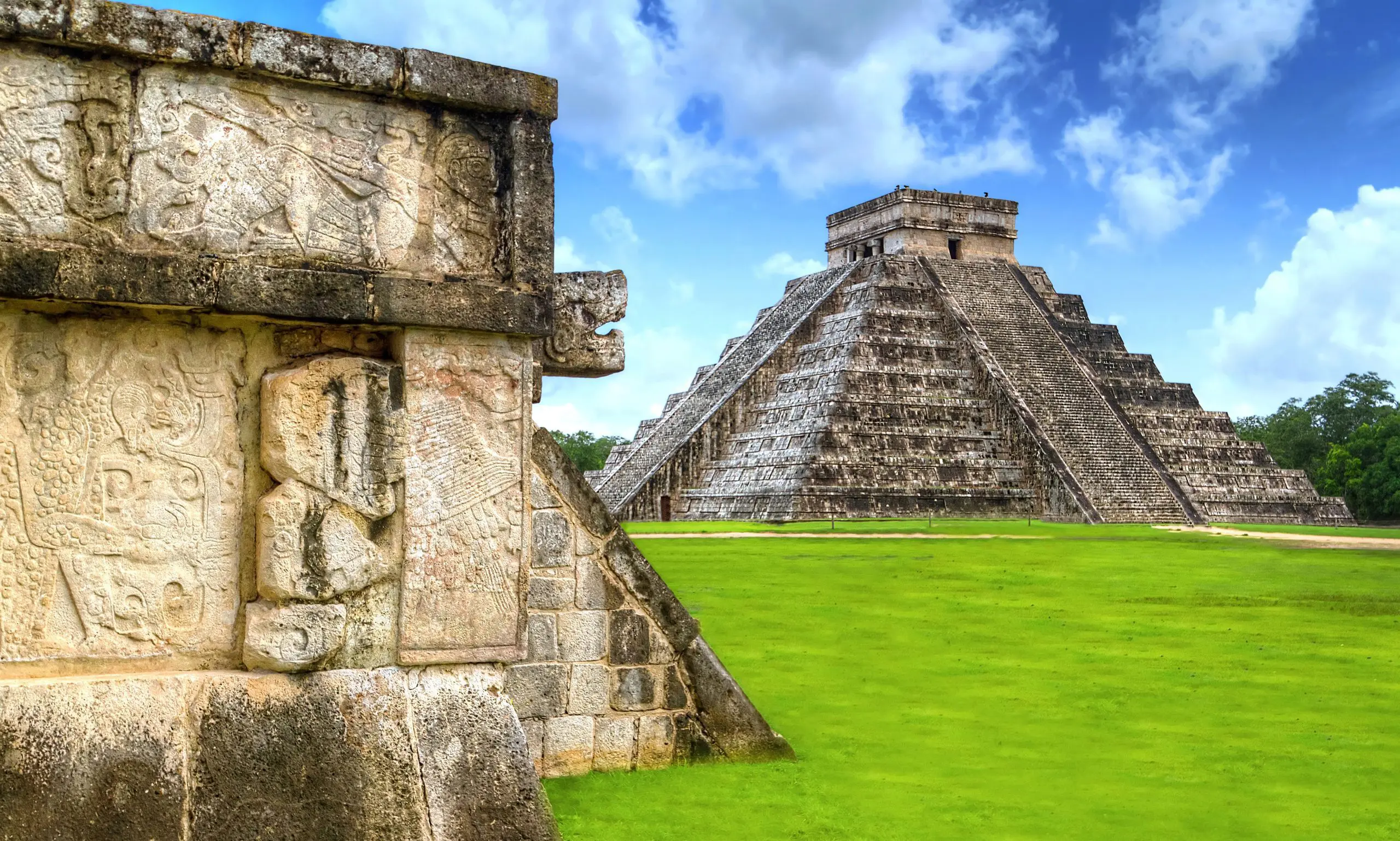Welcome, fellow adventurers, to another exploration into the heart of ancient civilizations! Today, we address a question that often boggles the minds of world travelers – “Is Chichén Itzá Safe to Visit?” This renowned Mayan city, filled with fascinating history, sits within Mexico’s Yucatán Peninsula, inviting millions of tourists every year.
As we tackle the question of safety, we delve deep into factors such as personal security, health hazards, and travel regulations. Chichén Itzá, meaning “At the mouth of the well of Itza,” is a UNESCO World Heritage Site that continues to astonish visitors with its captivating structures like El Castillo, the Temple of Warriors, and the Great Ball Court.
However, the allure of its architectural genius often comes with safety concerns. As a professional guide, I will unpack these concerns and shed light on why Chichén Itzá is a worthy destination on your bucket list.
Personal Safety
Personal safety is paramount for any tourist destination, and Chichén Itzá is no exception. Crime rates in tourist-heavy areas like Chichén Itzá are generally low. Still, as with any destination, it’s always wise to exercise the same precautions you would at home – watch your belongings, avoid unlit or secluded areas, and be aware of your surroundings.
Mexico’s government understands the importance of tourism and provides considerable security measures to safeguard visitors. You’ll often see tourist police in and around the archaeological site, and there are strict rules to prevent petty crimes. That said, it’s always best to:
- Purchase travel insurance
- Keep emergency numbers handy
- Not carry large amounts of cash
- Avoid flashing expensive belongings
Health Risks and Vaccinations
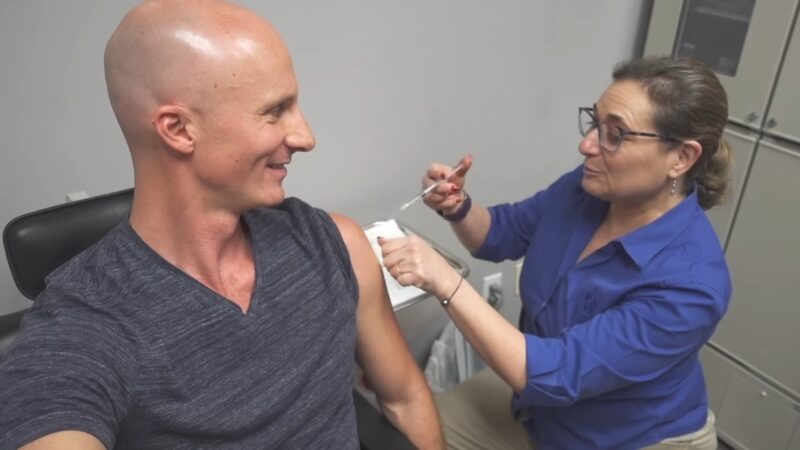
Tourists visiting Chichén Itzá need not worry about any specific health risks associated with the site itself. However, before any trip to Mexico, it’s recommended to be up-to-date on routine vaccinations like MMR, diphtheria-tetanus-pertussis, varicella, polio, and your yearly flu shot.
Also, Hepatitis A and Typhoid vaccines are recommended due to potential exposure from food or water in Mexico. The tropical climate can result in dehydration, sunburns, or heatstroke for visitors not acclimated to such weather. Be sure to:
- Hydrate frequently
- Use sunscreen and wear a hat for protection
- Take frequent breaks from the sun, especially during peak hours
Food and Water Safety
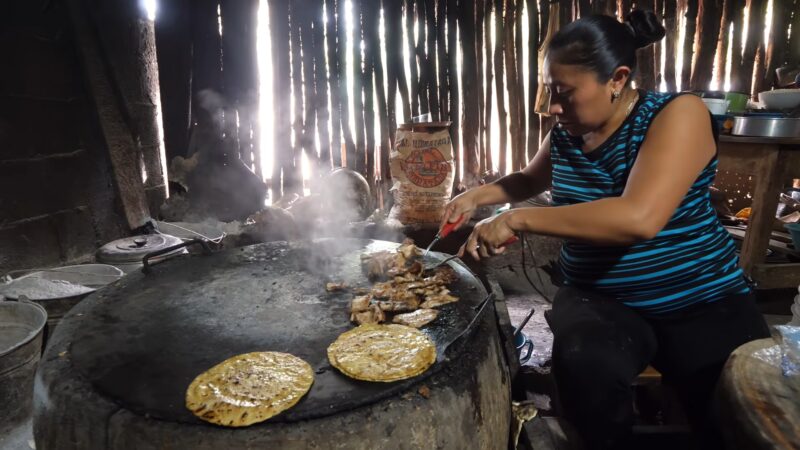
Mexico is famous for its cuisine, but tourists often worry about ‘Montezuma’s revenge’ or traveler’s diarrhea. Most restaurants around Chichén Itzá cater to tourists and maintain good food hygiene. Yet, it’s wise to follow certain precautions.
Eating at crowded places, where the turnover of food is high, can reduce the risk of eating food that’s been sitting out too long. Drinking tap water in Mexico is generally not recommended. Stick to sealed bottled water, and remember this rule applies to brushing your teeth as well. Ice in your drinks may be risky, as it could have been made from tap water. Hot, cooked foods are usually safer choices. When in doubt, remember: Boil it, cook it, peel it, or forget it!
Archeological Site Rules and Regulations
Chichén Itzá, as an archeological site, has strict rules and regulations to protect its integrity. Some monuments, such as El Castillo, are no longer open for tourists to climb due to previous accidents and preservation concerns. It’s crucial to respect all signage and barriers, as they are there for the protection of both visitors and the site. Rules for visiting Chichén Itzá include:
- Staying within designated areas
- Not climbing the ruins
- Not defacing the structures
- Respecting the wildlife and vegetation
Comfort and Accessibility
Chichén Itzá is quite accessible, with pathways leading to the major attractions. However, it’s worth noting that these pathways are uneven in places, and people with mobility issues may find them challenging.
Comfortable, sturdy shoes are a must for navigating the site safely. Unfortunately, the site is not fully accessible to wheelchairs due to its ancient design. However, for visitors who can walk but not for long distances, it may be worth renting a wheelchair or bringing a foldable chair for resting. Also, be prepared for the heat – light, breathable clothing, hats, and umbrellas are advisable.
Encountering Wildlife
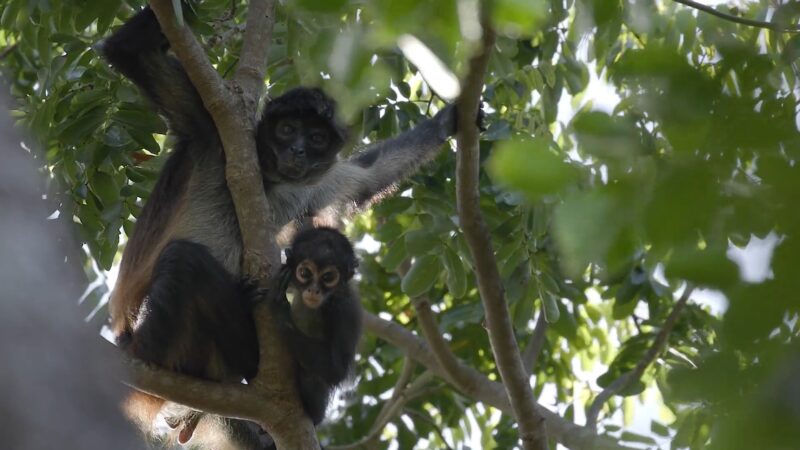
The area around Chichén Itzá is home to a variety of wildlife, such as iguanas, tropical birds, and even the occasional coati or spider monkey. While encounters with dangerous animals are very rare, it’s essential to remember that you’re a guest in their home. Keep a safe distance and never attempt to feed or touch the wildlife. General guidelines include:
- Not feeding or disturbing the animals
- Keeping a safe distance
- Alerting a guide or park ranger if you spot a potentially dangerous animal
Respectful Photography
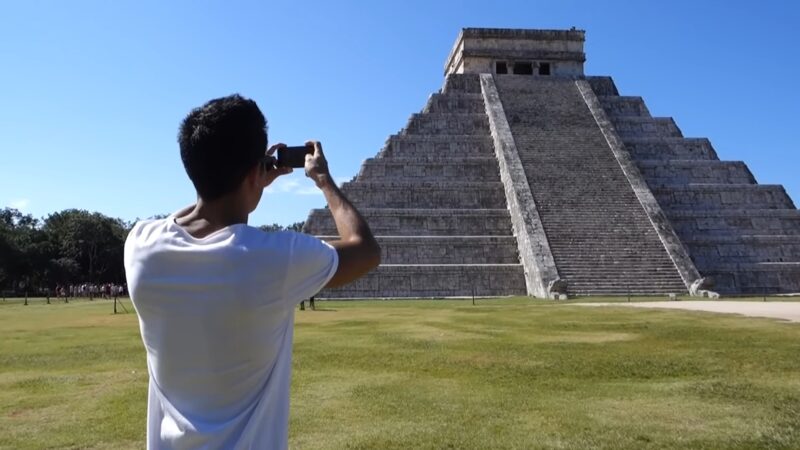
Tourists often wonder about the rules for photography at Chichén Itzá. As of my last visit, photography for personal use was permitted, but rules can change, so it’s always wise to check the latest guidelines. Flash photography, tripods, and drones are typically prohibited to protect the site and the visitor experience. Remember to:
- Respect no-photography zones
- Not use flash when photographing indoors
- Not use tripods or drones unless you have specific permission
Navigating Local Customs
Mexican culture is rich and welcoming, with Yucatán boasting its unique blend of Mayan and Hispanic influences. Understanding local customs and etiquette is an integral part of ensuring a safe and respectful visit.
For example, bargaining is commonplace in markets but not in established stores or restaurants. In general, Mexicans appreciate politeness and patience. A few phrases in Spanish, such as “por favor” (please) and “gracias” (thank you), can go a long way in winning smiles.
Responsible Tourism
Lastly, practicing responsible tourism ensures a safe visit to Chichén Itzá and contributes to the preservation of this incredible site for future generations. This includes staying on designated paths, not littering, and not purchasing souvenirs made from protected species or archaeological artifacts.
Your visit is an opportunity to support local communities. By buying local crafts, eating at local restaurants, and hiring local guides, you contribute to the economy and get to enjoy a more authentic experience.
Final Words
Is Chichén Itzá safe to visit? The short answer is: absolutely, provided you follow standard travel precautions and adhere to site-specific guidelines. The magic and mystery of the ancient Mayan civilization await you, wrapped in the warm embrace of Yucatán. Let’s explore responsibly and make every journey count!
Remember, knowledge is the first step toward safety. Equip yourself with the right information and respect the destination, and your visit to Chichén Itzá will not just be safe but truly unforgettable. When planning a trip to Chichén Itzá, it is essential to also consider the accommodation options nearby, such as the charming hotels by the Caribbean Sea.

